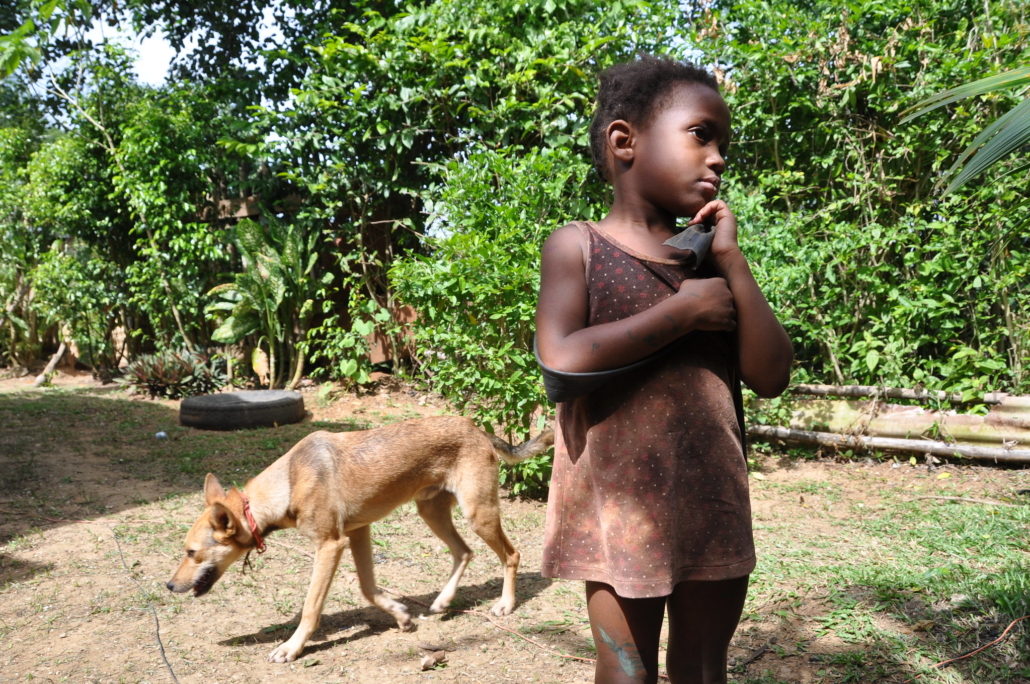
Jamaica is a diverse and culturally rich island known for its music and natural attractions. It is the third-largest island in the Caribbean and has a population of about 2.5 million. However, COVID-19, changing weather patterns and other governmental issues have resulted in environmental, educational and economic gaps. Post-pandemic, Jamaica’s economy has taken a hit. Tourism, which is a large part of the Jamaican economy, has plummeted and Jamaica’s poverty rate increased by 4%. This article features four impactful charities operating in Jamaica that strive to help resolve these issues and improve the quality of life on the island.
Children First Agency
One of the major charities operating in Jamaica is Children’s First Agency, which is a nonprofit charity that supports children, mobilizes them to overcome poverty and gives them educational tools to improve their lives. Its mission is to allow children who may not have had equal opportunities to realize their full potential. More than 190,000 children in Jamaica live in poverty, with rural areas having higher poverty rates, while 85% of children experience violent discipline and 30% are born to mothers under 17. This charity aims to assist families that are not sufficiently supported by their environment.
The nonprofit has two main projects: the Youth Wellness Center and the Bashy Bus. The Youth Wellness Center focuses on educating children on their healthcare needs by giving them knowledge that helps them make informed decisions. The center offers education and vocational skills training, job placements and support services. The Bashy Bus is a bus that provides reproductive health information and resources to teenagers. It is the first mobile bus service for reproductive health.
Issa Trust Foundation
Couples Resorts founded the Issa Trust Foundation in 2005 with the mission to promote the well-being of Jamaican people. The organization strives to assist with the needs of children and families, advocating for improved medicine and education. Besides fostering a sense of community and support for the impoverished, the charity has a focus on pediatric care.
Issa Trust Foundation’s 10th pediatric medical initiative showed more than 1,000 children being treated with more than 41 volunteers taking part for treatments. The charity also offers free health lectures, as well as providing eye care and glasses for children in need. A pharmacist intern Shanique Powell is an example of a Jamaican-born citizen returning to Jamaica to counsel and help needy families. Powell says, “Coming back has reminded me of where I am from.” This opportunity to reconnect with her culture and improve upon her home country would not have been possible without the Issa Trust Foundation and her story is only one in many.
Food for the Poor
Food for the Poor is a global charity that strives to assist impoverished families by providing food, housing, clean water and more. In Jamaica, 17.1% of citizens live below the poverty line and 7% of children under 5 suffer from malnutrition. Although the charity is global, Jamaica was the first country in their initiative in 1982. Since then, FFTP has remained steadfast in helping relieve Jamaica’s poverty. In 2022, it implemented two income-generating projects, provided 68 computers to children in Angel of Hope’s Children Homes, provided a rainwater harvesting system in a school and more. In 2024, the charity gave more than 32.4 million meals to Jamaica and contributed to the building and expansion of more than 322 schools.
Smile a While Foundation
Smile a While Foundation is a nonprofit organization geared towards providing therapy for special needs children in Jamaica. The founder, Joanne Oates, was inspired to help children who may not be able to get the support they need. In Jamaica, 162,800 people reported having a self-identified mental illness. Children under 14 make up 21% of this group. However, developing countries often don’t have the resources or infrastructure to provide sufficient help.
Between 76% – 85% of people in these countries with serious mental illness do not receive the help they need. The Jamaican government has tried to reduce the reliance on institutional care, use more licensed professionals, and emphasize community care. Smile a While Foundation is an example of a progressive step forward. In 2023, the charity opened a splinting clinic, recruited new therapists with specializations in autism, and more.
Looking Ahead
These four charities operating in Jamaica are essential contributors to alleviating Jamaica’s economic, educational and environmental issues. With the support of donations and volunteers and the vision of these nonprofit leaders, Jamaica will continue to improve and strive for a better island for all its citizens.
– Sofia Hattiangadi
Sofia is based in New York City, NY, USA and focuses on Good News and Global Health for The Borgen Project.
Photo: Flickr
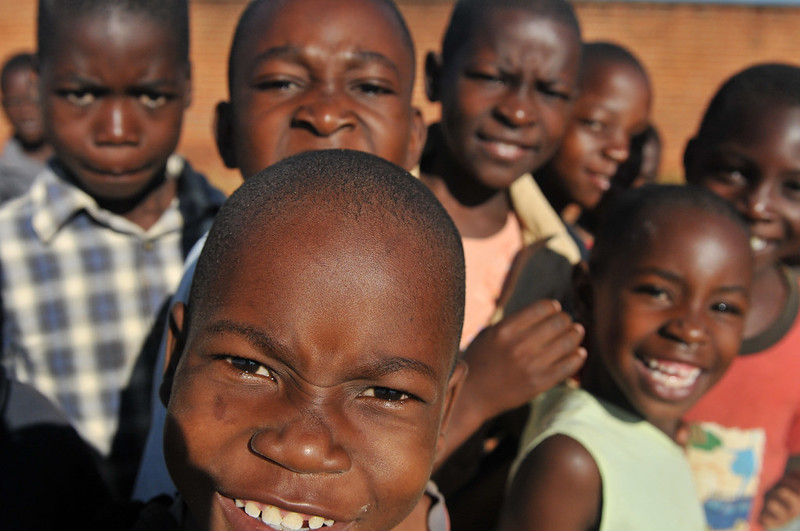
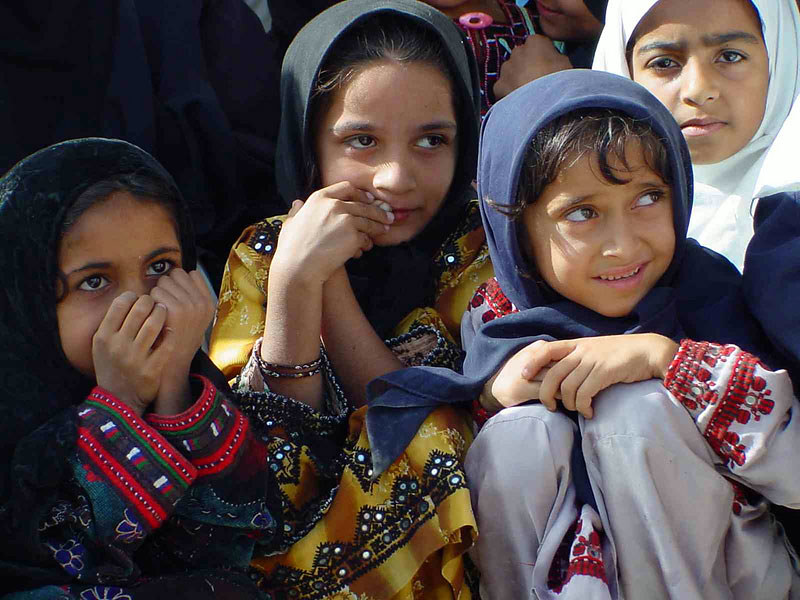
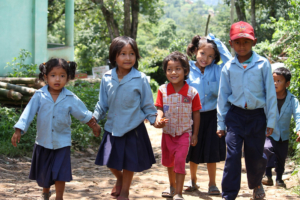 In the last few decades, the education system in Nepal has improved thanks to the help from various international organizations. In 2016,
In the last few decades, the education system in Nepal has improved thanks to the help from various international organizations. In 2016, 
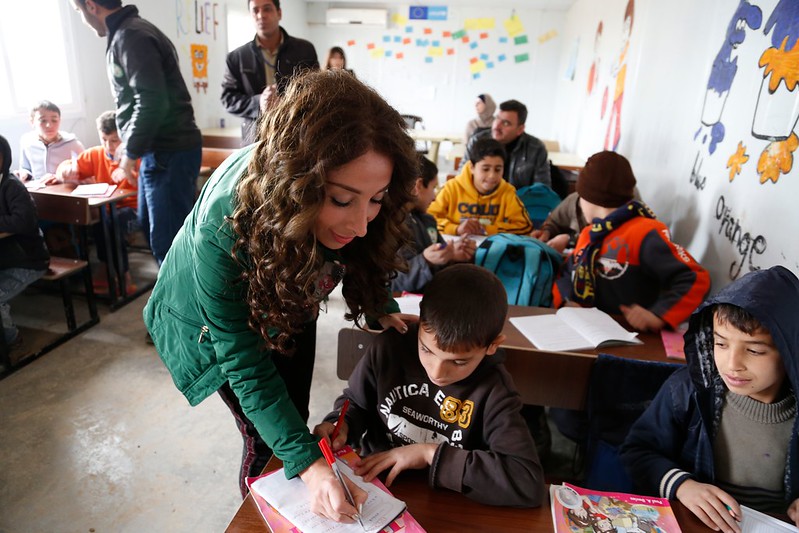 Currently,
Currently, 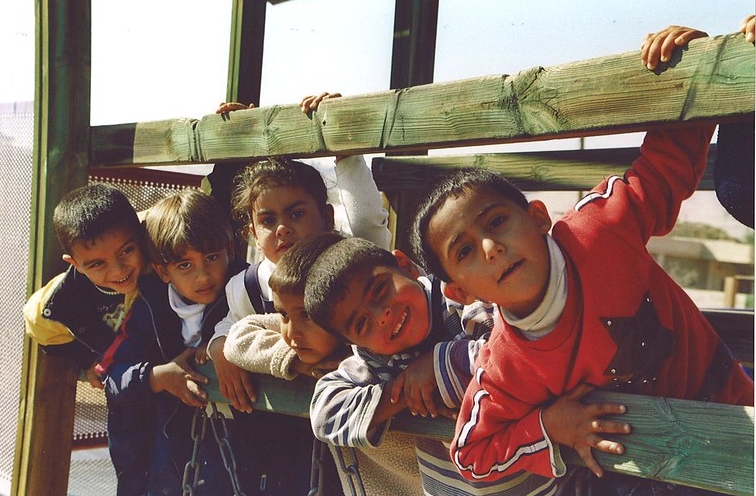
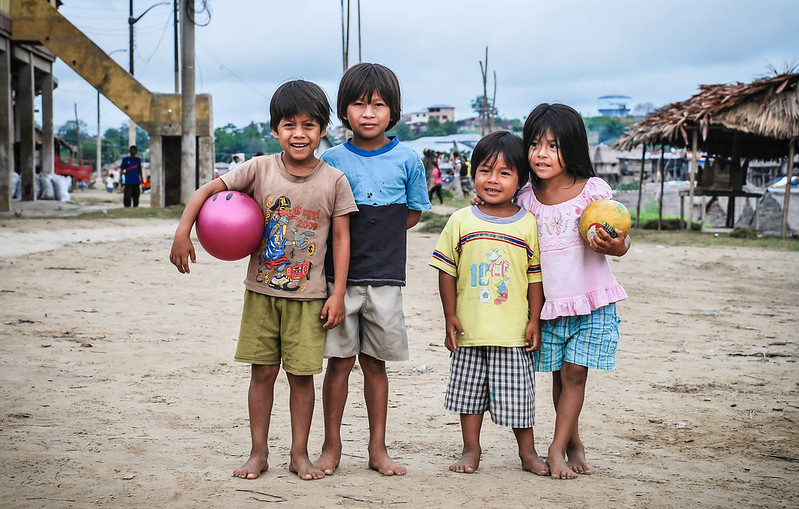 The COVID-19 pandemic
The COVID-19 pandemic 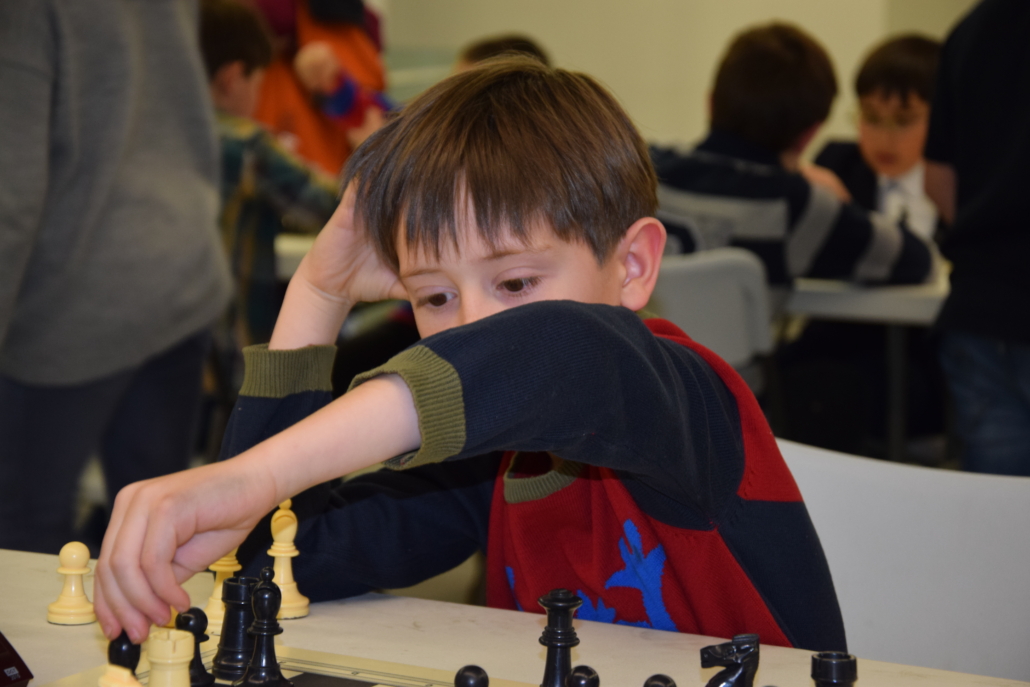 Andorra is one of
Andorra is one of 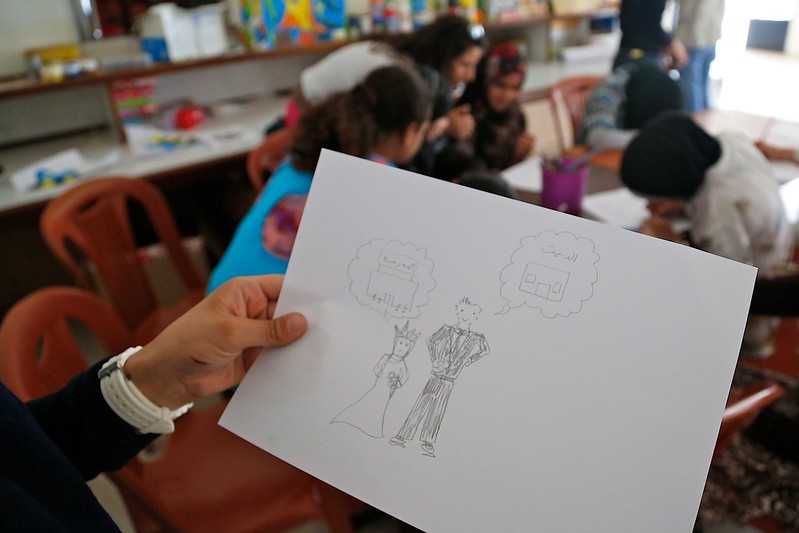 In Lebanon,
In Lebanon, 